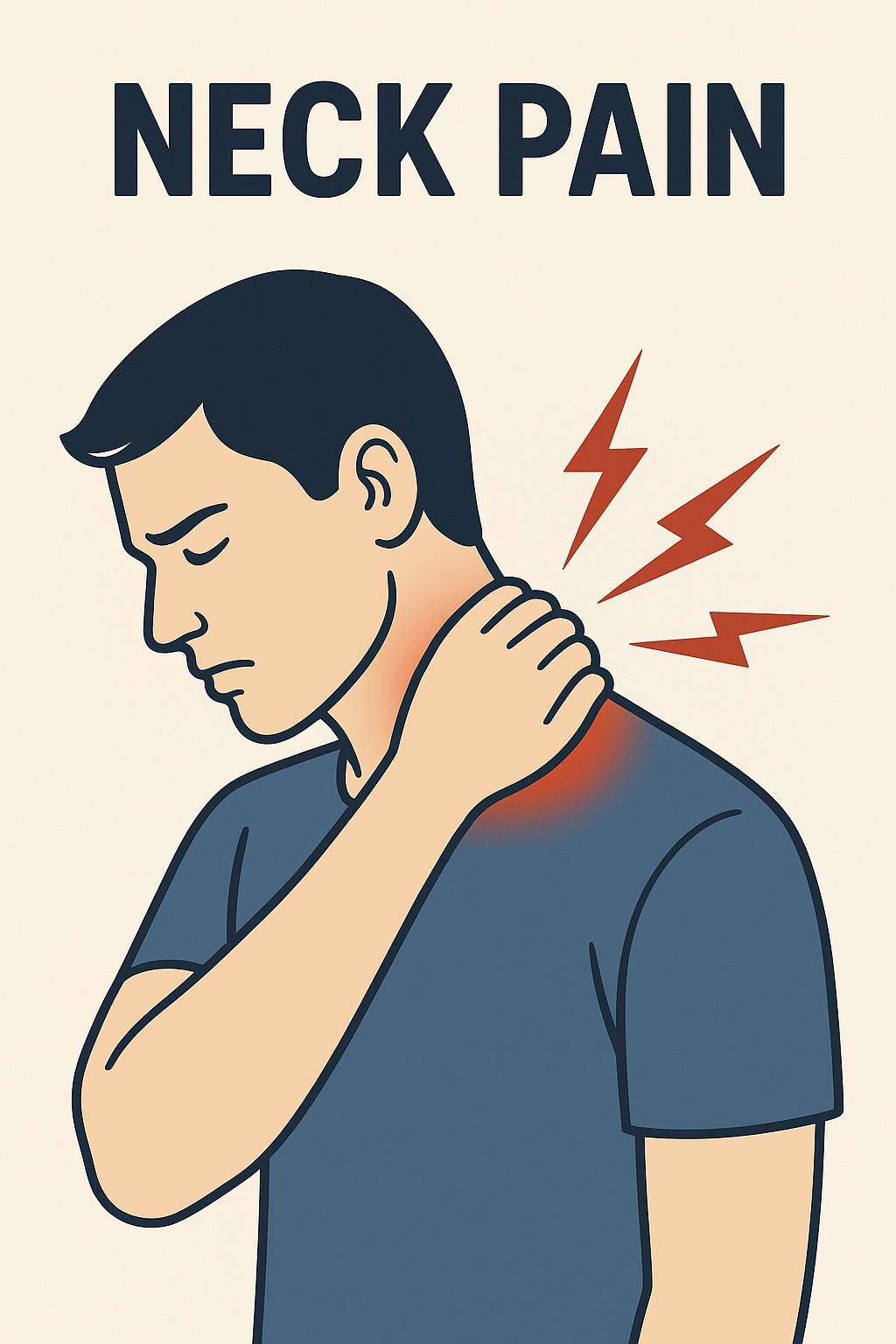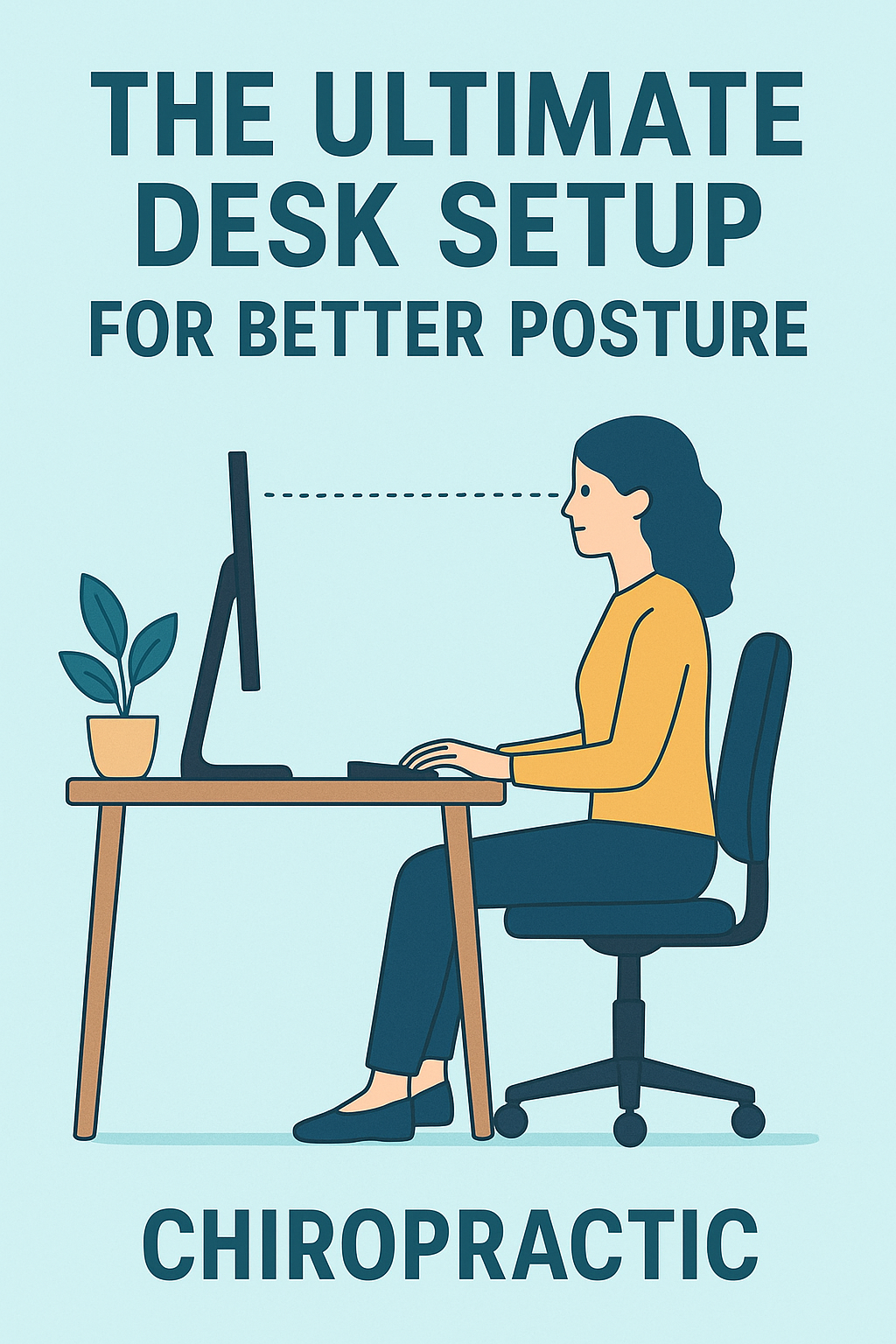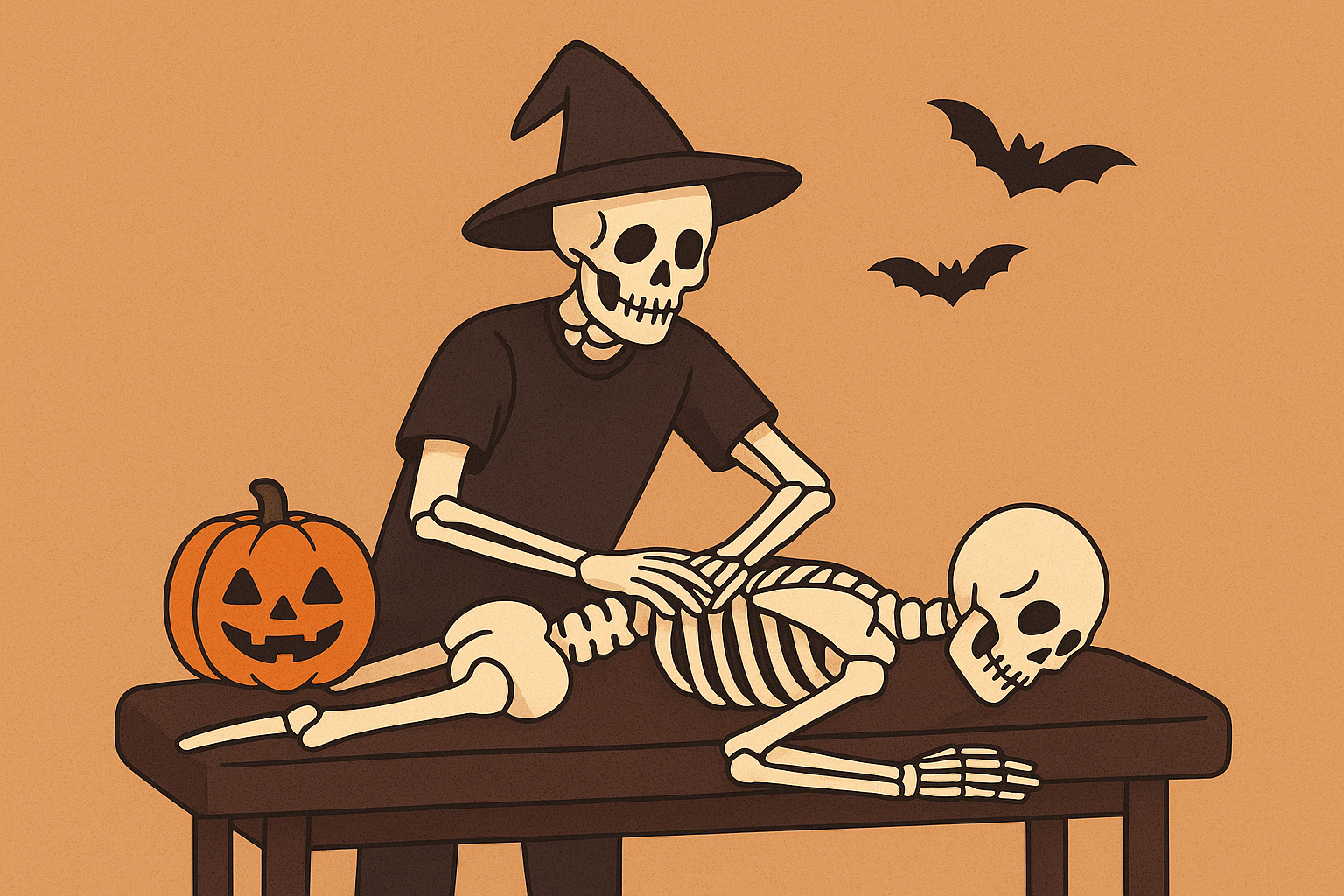What Are the Symptoms of Frozen Shoulder?
Stages of Frozen Shoulder
1. Freezing Phase
Movement becomes increasingly restricted.
May follow minor trauma, dislocation, long periods without moving the shoulder, a heart attack, or neck problems.
Pain is common when you try to move beyond the restricted range.
Lasts 2–9 months.
2. Frozen Phase
3. Thawing Phase
Pain gradually decreases as inflammation subsides.
Movement slowly returns, but may not fully recover if untreated.
Lasts 6–9 months.
With treatment, recovery may take up to 6 months. Without treatment, it can take 12–24 months.
Why Diagnosis Matters
Many shoulder issues are mistakenly called frozen shoulder. For example:
Rotator Cuff Tendonitis/Tear – Inflammation or tearing of the rotator cuff muscles (supraspinatus, infraspinatus, teres minor). Pain and weakness occur, but a chiropractor can still move your shoulder through most of its range.
Bursitis – Inflammation of the shoulder bursa (a fluid-filled sac under the deltoid muscle). Causes pain, mild swelling, and limited movement.
Referred Pain from the Neck – Neck joint irritation can trigger shoulder muscle spasms, weakness, and stiffness.
Other Causes – Arthritis, fractures, gallbladder issues, and heart problems can also cause shoulder pain.
Chiropractic Care for Frozen Shoulder
Chiropractic treatment can:
Reduce pain and inflammation
Improve joint mobility
Restore movement through gentle mobilization, soft tissue therapy, and guided exercises
Address contributing factors like poor posture or neck involvement
An accurate diagnosis is key to choosing the right approach and preventing long-term restriction.




